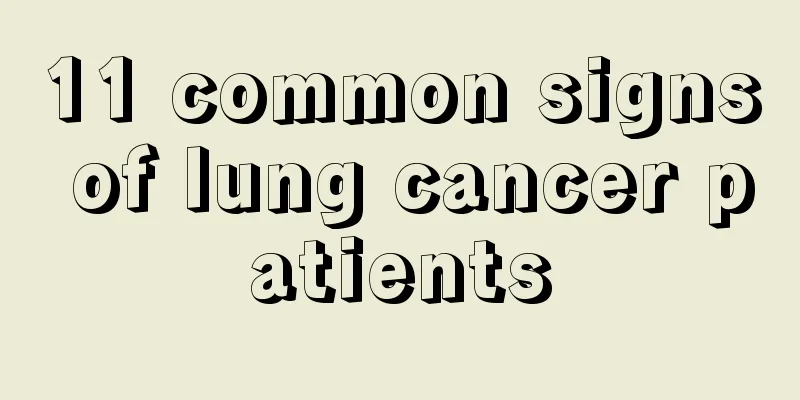Where is the trigeminal nerve

|
The term trigeminal neuralgia is often seen on TV programs or in various advertisements, but many people do not understand what kind of disease or pain these four words mean. Even the person experiencing the pain isn't exactly sure where it's located, but when the pain comes in waves, it can be hard to ignore. So where exactly is the trigeminal nerve? What is the so-called trigeminal neuralgia? What are the different manifestations? What are the dangers of trigeminal neuralgia? I believe that many people who have these symptoms or whose family members have these symptoms have these questions. The trigeminal nerve (n.trigminus) is a mixed nerve, a large cranial nerve (the 5th cranial nerve), containing both general somatic sensory fibers and special visceral motor fibers. Special visceral motor fibers originate from the trigeminal motor nucleus, and their axons constitute the trigeminal motor root. They exit the brain at the transition point between the ventral surface of the pons and the middle cerebellar peduncle, are located on the anteromedial side of the sensory root, and are distributed along the mandibular nerve to the masticatory muscles, etc. The cell bodies of general somatic sensory fibers are concentrated in the trigeminal ganglion, which is located in front of the trigeminal nerve impression at the tip of the petrous part of the temporal bone. The trigeminal ganglion is composed of pseudomonopolar neurons, whose central processes gather into a thick trigeminal sensory root, which enters the brain from the ventral side of the pons and ends at the trigeminal pontine nucleus and trigeminal spinal nucleus. Its peripheral processes are distributed on the skin of the head and face and the mucous membranes of the eyes, nose and mouth. Different manifestations may occur depending on the location of trigeminal nerve injury: When the trigeminal nerve is injured above the semilunar ganglion: general loss of sensation in the skin of the head and face, as well as the tongue, mouth, and nasal mucosa on the affected side; disappearance of the corneal reflex; paralysis of the masticatory muscles on the affected side, and the mandible deviates to the affected side when the mouth is opened. When the trigeminal nerve is damaged below the semilunar ganglion, symptoms of damage to each individual branch may appear. When the ophthalmic nerve is damaged, sensory impairment of the skin above the palpebral fissure on the affected side occurs, and the corneal reflex disappears. From the above introduction, we can understand that the trigeminal nerve is the fifth pair of cranial nerves. Its specific location still needs to be located by a doctor. After all, none of us graduated from medical school. The purpose of knowing relevant information is just to appear more professional when the doctor is explaining something, so as to avoid interrupting the doctor's explanation. Therefore, a professional doctor is very necessary. |
Recommend
The efficacy and function of pepper wood
The effects and functions of pepper wood can reli...
What are the characteristics of portal vein tumor thrombus in advanced liver cancer? How to treat it?
Generally, in the late stage of liver cancer, the...
What causes lower abdominal cramps?
Lower abdominal cramps can make people very uncom...
The best age to learn badminton
Badminton is a sport played by people all over th...
What to do if butter oil and water separate
When making pastries, butter needs to be mixed wi...
What's the matter with the itchy red spots on my body
If there are some red spots on the body and it is...
Biliary stent implantation
We often hear that heart disease patients general...
Can niacinamide be used for breast cancer
Nicotinamide does not have the effect of treating...
What is the pathological examination method for secondary liver cancer
Secondary liver cancer is also called metastatic ...
Does taking a bath lower blood pressure?
In this age of plenty, food and clothing are no l...
There is a lump on the kidney
The kidneys play an important role in human healt...
What is the metastatic pathway of gastric cancer
In recent years, gastric cancer has become one of...
How to effectively prevent hair loss in summer?
Due to a series of weather characteristics such a...
What are the early symptoms of lung cancer? Three common symptoms of early lung cancer
Fever. When central lung cancer grows in the bron...
What should I pay attention to when checking brain neurons
There are twelve pairs of cranial nerves in human...









